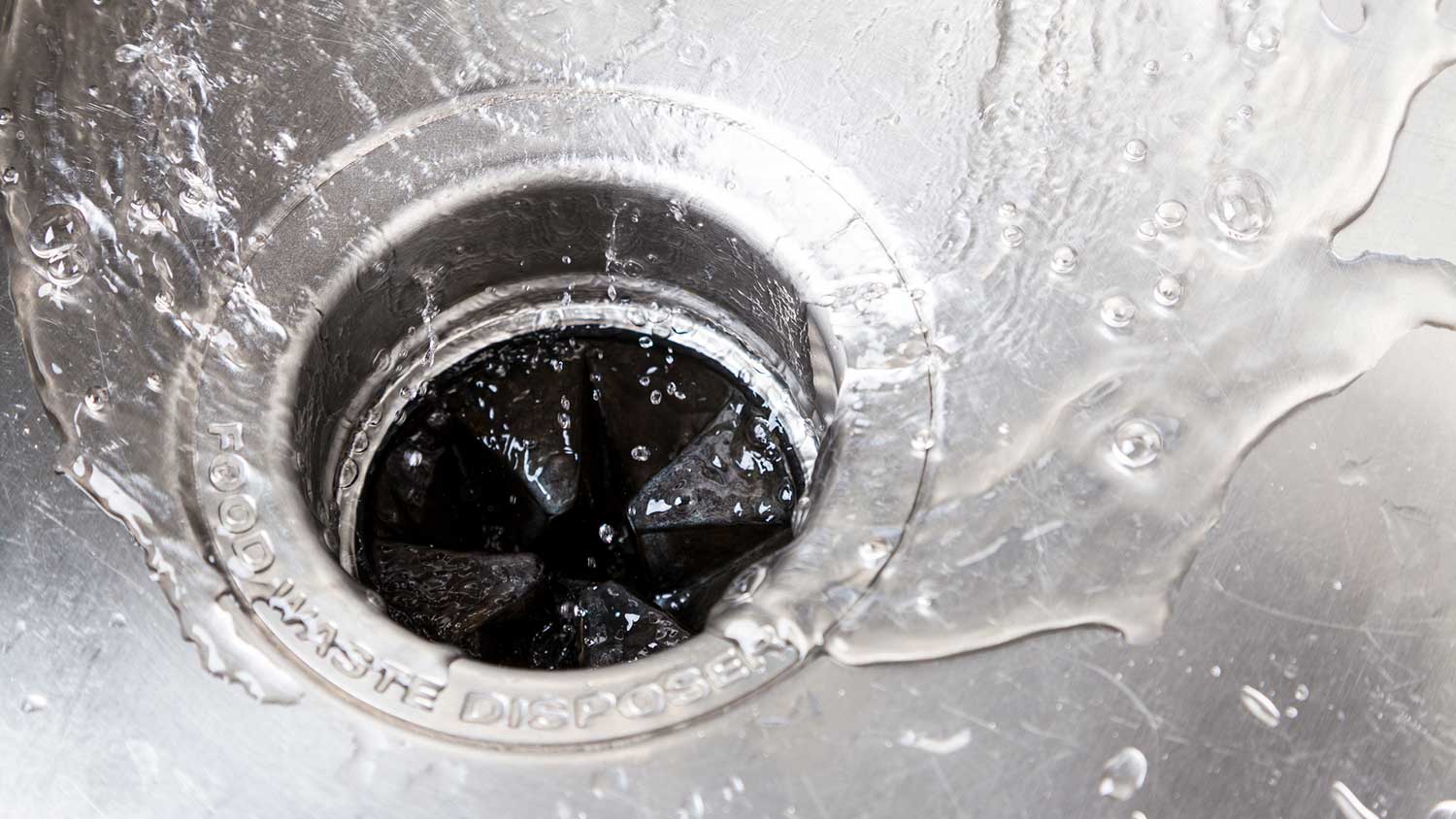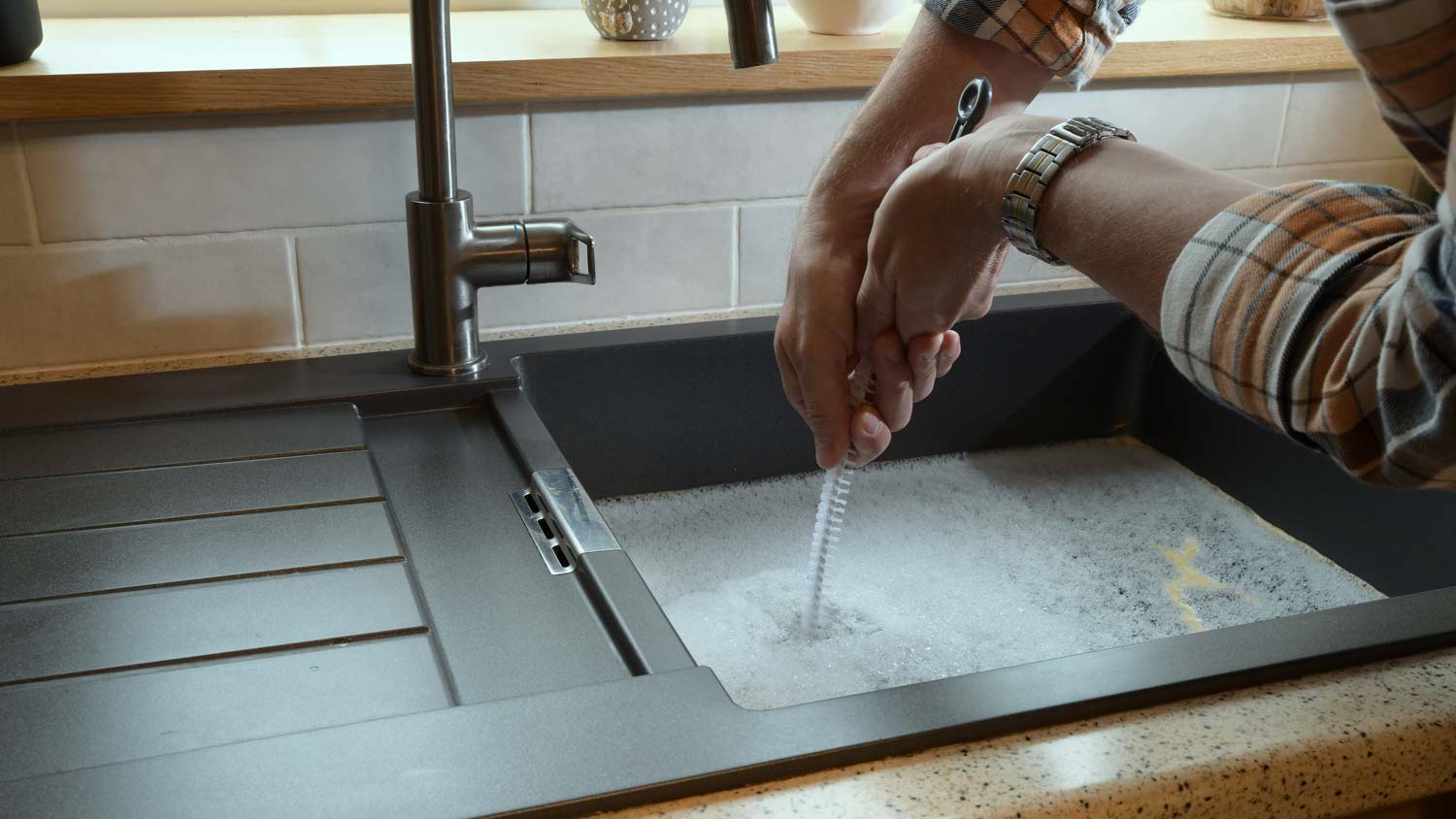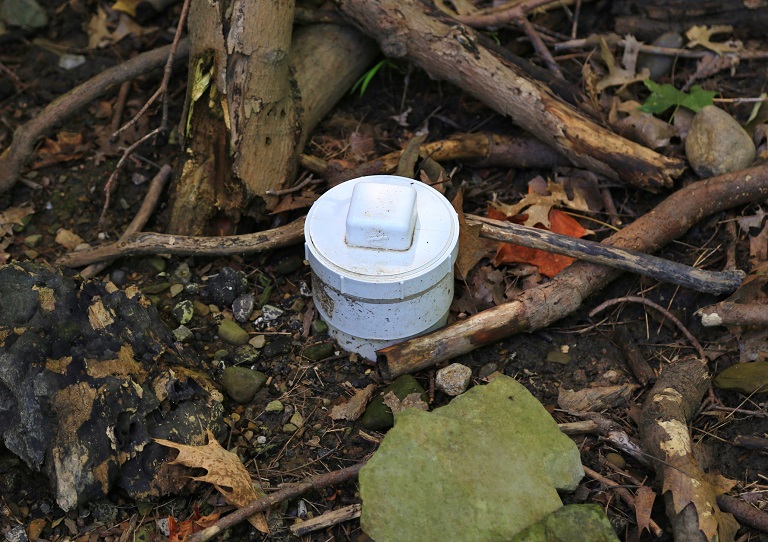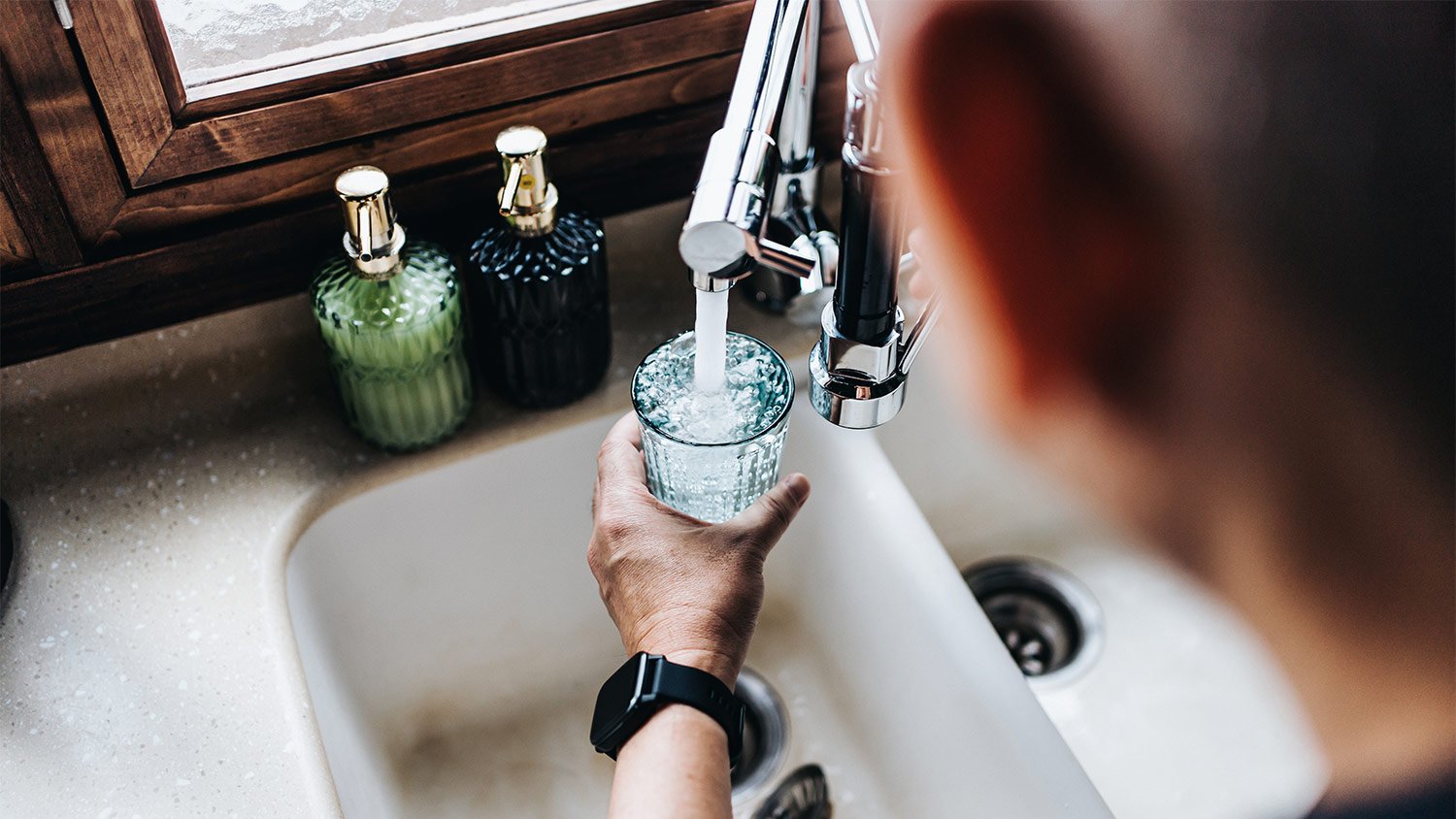
Discover the cost to replace drain pipes in a house, including average prices, key factors, and tips to save on your plumbing project.
Clear a disposal clog with tools you already have at home


Garbage disposal repairs start at $140, but a full replacement can cost significantly more.
DIY fixes may seem simple, but disposals contain sharp parts and electrical components that can be hazardous to handle.
Local drain cleaners can quickly identify whether the issue is a clog, worn-out impellers, or a failing unit—saving you time and guesswork.
Plumbers also know how to safely address related plumbing issues, like grease buildup in pipes, and can help prevent future clogs.
Hiring a pro ensures your repair is done safely and correctly, especially if your unit is nearing the end of its 10- to 15-year lifespan.
Your garbage disposal does some heavy-duty work in your kitchen, especially when the dirty dishes are caked with leftovers. Most of the time, clearing out clogs in your garbage disposal is a fairly easy task. If your disposal isn’t draining properly, follow these easy steps to learn how to unclog the garbage disposal.
Make sure to address a clog in your garbage disposal as soon as it happens. If you run the motor while you still have a clog, you can burn it out and cause damage.
Before unclogging the disposal, turn off your disposal and unplug it if you can. You should also turn off the power source to your disposal in your electrical panel. Garbage disposal blades are sharp, and you don’t want to risk getting hurt.
Clear the sink of any dishes, food, and excess water. Make sure you have ample lighting to see down the disposal.
Try these methods for unclogging a stubborn garbage disposal.
Shine a flashlight into the disposal to see what might be clogging it. Remember to keep your hands and fingers out of the drain. If you see anything in the disposal that may be causing the clog, use pliers or tongs to remove it. Turn on the power to the disposal and check to see if the clog is gone.

Before you plunge the drain, clamp off the dishwasher connection hose if you have one. This step prevents dirty drain water from flowing into the dishwasher.
Place a flat plunger over the sink drain and push it down and up with moderate force. Plungers use water pressure to push the water down the drain, helping to loosen any food or debris clogging the disposal.
Sprinkle ¼ cup of baking soda into the disposal, then pour a ½ cup of distilled white vinegar. Adding this combination will help dissolve any liquid fat or grease that may be causing the clog. Once the solution has five minutes to travel through, turn on the disposal again to see if the water drains.
At the interior base of your disposal, there's usually a hex-shaped hole in the center called a flywheel hole. The hole connects to a shaft that can manually rotate the two impellers that push the food around in your disposal.
Insert a ¼ inch Allen wrench, also called a hex wrench, or use a similar tool that came with your disposal. Turn it clockwise and then counterclockwise five times until the blades spin freely in either direction. Remove any items that were causing the clog with pliers or tongs.
If your disposal doesn’t have a hexagon-shaped hole, use the wooden handle of a broom or plunger to loosen the impellers. Push the bottom of the wooden handle against the shaft and turn it back and forth until the clog is free, then remove any junk with tongs or pliers.
Reset your garbage disposal by finding the reset button near the bottom of your unit, often under the sink. Press it, then turn the power back on to test it.
If the clog still isn’t clear, try other troubleshooting tips for your garbage disposal to get it working properly. It may also be time to hire a local plumber to help clear the clog.
If you’ve tried the above solutions and your garbage disposal is still acting up, it might be time to call in a local garbage disposal repair professional. Garbage disposals last between 10 and 15 years, so if yours is that old, consider a full replacement—replacing your garbage disposal will cost about $400.
Your garbage disposal may be clogged due to:
Thick or gritty items: Some food debris, such as eggshells, starchy vegetable peels, fruit pits, nuts, and coffee grounds, can clog your drain.
Inorganic waste: Items that belong in your trash or recycling bin can clog your garbage disposal, such as paper, tinfoil, plastic, and food packaging.
Fat, oil, and grease: Putting grease, liquid fat, and oil down your disposal drain can cause clogs because they later solidify in the pipes.
Foreign objects: Silverware, dishcloths, rubber bands, and other foreign objects can clog your disposal and harm the blades.
Not enough water: Whenever you use the disposal, you should run cold water while it grinds food waste. Otherwise, a backup can happen.

Repeated clogs can wear down your disposal and, at worst, break it. Here’s how to prevent future garbage disposal clogs.
Avoid putting items such as trash, bones, fruit pits, seeds, silverware, dishcloths, vegetable peels, eggshells, fat, oil, and grease down your disposal. These items are likely to clog your drain and break your blades.
Use a sink or drain strainer to catch larger items and prevent them from going into the drain.
Feed your disposal slowly without putting too many food scraps in at once.
Run cold water every time you use the disposal and keep it on for the full duration. Hot water can cause oils and fats to spread into the pipes and then harden into a clog.
Use your disposal daily so food particles don’t sit and have the potential to clog it or corrode the parts.
Run your disposal for at least 30 seconds after you grind the food to ensure everything is processed.
Review your disposal’s instruction manual for proper use, maintenance, and cleaning.
While unclogging a garbage disposal can be simple, you may need professional help if you have a difficult clog. Only attempt to do this DIY while keeping your hands out of the disposal—you’ll know it’s time to hire a professional plumber near you if the job requires someone to put their hands in the disposal.
If you’re planning to unclog the disposal by yourself, the supplies for a DIY job cost about $5. If your garbage disposal is clogged and requires a professional, the cost to hire a local plumber is around $45 to $200 per hour. If they discover any major issues, your cost may go up, especially if you have to repair or replace the garbage disposal.
From average costs to expert advice, get all the answers you need to get your job done.

Discover the cost to replace drain pipes in a house, including average prices, key factors, and tips to save on your plumbing project.

Clogged drains are a pain and can be persistent if you don’t deal with the blockage. Use this guide on how to snake a drain to save money and DIY a solution.

You can tackle a drain blockage with a drain bladder or snake, but the type of clog will determine which one is better.

Find out the average cost to remove roots from pipes, what impacts pricing, and expert budgeting tips for root removal, and protect your plumbing.

How do I drain the water lines in my house? This guide will walk you through it in five simple steps, along with tips to prevent damage to your plumbing.

Hydro jetting can help clear deep plumbing clogs and debris buildup. Use this guide to learn all about hydro jetting and whether it’s the appropriate fix for your problem.